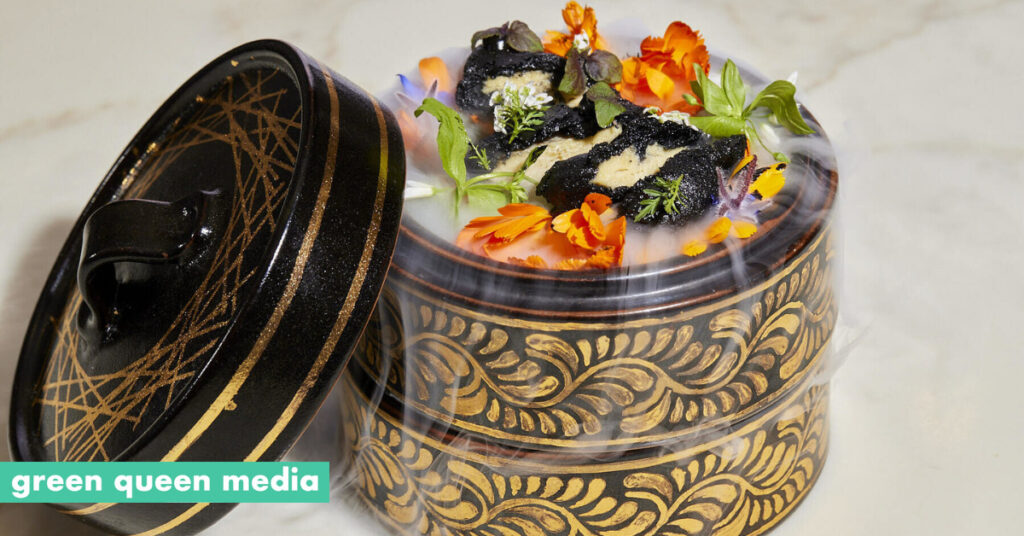Cultivated meat is poised to revolutionize the culinary world. This innovative product, grown from animal cells in a lab without the need for traditional livestock farming, offers a sustainable and ethical alternative to conventional meat. As we look to the future of gastronomy, it’s clear that cultivated meat could play a significant role in shaping new culinary trends and inspiring chefs to create novel dishes.

The introduction of new ingredients throughout history has always been a catalyst for culinary innovation. For instance, when tomatoes were introduced to Italy from the Americas in the 16th century, they transformed Italian cuisine, leading to the creation of iconic dishes like pasta pomodoro and margherita pizza 🙂 Similarly, the introduction of spices like black pepper and cinnamon during the spice trade era significantly influenced the flavor profiles of many cuisines around the world.
Cultivated meat offers similar potential for culinary evolution. It provides chefs with a new, versatile ingredient that can be used in a variety of dishes. Moreover, because it can be grown to specification, chefs can request specific cuts of meat, or even custom blends of muscle and fat, offering a level of control and customization that is unprecedented in the culinary world.
As for recipes, cultivated meat can be used in any dish that traditionally uses conventional meat. For example, a cultivated beef steak can be prepared with a red wine reduction and served with a side of garlic mashed potatoes. Cultivated chicken can be used in a classic chicken piccata, while cultivated pork can be used to make a savory pulled pork sandwich.

However, the real potential lies in the creation of entirely new dishes that highlight the unique properties of cultivated meat. For instance, chefs could create a “future burger” made entirely from custom-grown meat, complete with lab-grown bacon and a patty blended with the perfect ratio of muscle to fat. Or they could create a “sustainable stir-fry” featuring a variety of cultivated meats, showcasing the diversity and versatility of this new ingredient.
The advent of cultivated meat opens up a new frontier in the realm of taste and culinary creativity. This isn’t just about a new ingredient; it’s about a fresh palette of flavors, textures, and experiences that chefs can paint with. Imagine a world where the richness of a perfectly marbled steak can be enjoyed with the lightness of a seafood dish, or where the succulence of slow-cooked pork can be savored in a form that’s as easy to prepare as a vegetable. The possibilities are as limitless as our taste buds are diverse. As we step into this exciting future, we aren’t just redefining what it means to cook and eat; we’re rediscovering the very essence of taste.
